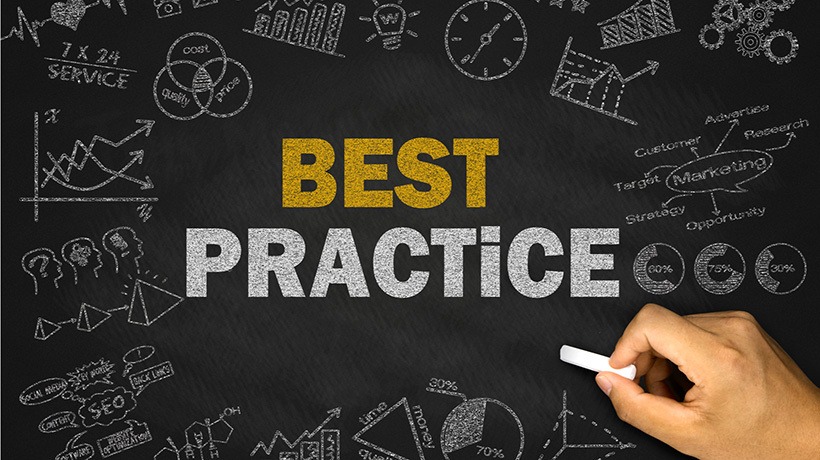Learn How To Successfully Convert ILT To eLearning
Gone are the days when learning, delivered through classroom-based ILT sessions, efficiently met all learning objectives. With rapid advancements in technology, the increased geographic reach of organizations, and changed learner profiles, it has become imperative to convert ILT to eLearning. Many organizations have already taken this leap, but for those who are still considering it, it's nice to know that there are some significant advantages that eLearning offers over ILT.
Advantages eLearning Offers Over ILT
Aids Self-Paced Learning
A study on “Interactive Multimedia-Based E-Learning: A Study of Effectiveness”[1] stated:
In a traditional classroom setting, learning is instructor-centered and is a sequential process. The instructor controls content and learning pace. Most students do not question or ask for repetition in the class even if they do not understand instructors. In addition, they do not have an opportunity to listen repeatedly to what instructors explained. An interactive multimedia eLearning environment enables learner-centred activities and provides necessary learner-content interaction.
eLearning puts the learners in control of the content, making it easier for everyone to learn at their own pace.
Cost-Effective And Easily Scalable
With the increasing geographic scale and reach of organizations, training needs to be delivered to employees at multiple locations. But at the same time, travel budgets are continuously constrained. eLearning can be delivered anytime and anyplace, thus making it easier to keep travel costs and time in control. It also gives an opportunity to L&D departments to scale up their training bandwidth and scope in a matter of seconds.
Performance Evaluation
ILT is linked with too many missed opportunities, specifically with reference to evaluating learner performance and satisfaction. Whereas, eLearning ensures that you get to measure and evaluate learner performance and its impact on business, with the help of rich analytics. With Learning Experience Design posed as the next big revolution for learning, performance analytics and evaluation need to be at the core of corporate learning.
Supports Reinforcement
ILT, once delivered, is easily forgotten because there is no system in place for regular reinforcement and retention. However, with eLearning, regular refreshers and reinforcement nuggets can be delivered based on learner performance or the likelihood of the learner forgetting the information after a certain time.
Getting Started With ILT To eLearning Conversion
The conversion process typically starts with reviewing ILT content. Not all ILT content is a candidate for conversion—either owing to its nature or relevance. Once you’ve figured out what content needs to be converted, here are 4 best practices that you can follow to achieve good results.
1. Don’t Just Transfer—Transform And Modernize
Converting ILT to eLearning doesn’t just imply picking up content from an ILT module and moving it online. You need to transform and modernize the whole content and your approach to suit learning objectives and learner needs. For example, if you have a lengthy ILT module, you might want to consider creating multiple microlearning nuggets instead of one lengthy eLearning module to promote effective learning.
2. Utilize Appropriate Content Formats
eLearning gives you the option to choose from a range of interesting and interactive presentation formats, from quizzes and games to videos, infographics, and many more. Determine the right content format to be used depending on your subject and context. For example, use a game if you want learners to build an important competency or skill or use a video as a microlearning aid.
3. Optimize The Conversion Process
Optimize the ILT to eLearning conversion process through automation, wherever possible. Also, consider using templates offered by various eLearning tools to speed things up. Templates offer consistency in look and feel and save time and effort involved in conversion.
4. Use Pre- And Post-Assessments
To ensure that your learners meet the prerequisites of a training, use pre-assessments in your eLearning course. These can come in handy to help gauge learner understanding of the topic in question. If the learner fails to meet the minimum score, you could have them build on the prerequisite knowledge before they undertake the eLearning module. Once the learner completes a module, it is advisable to have a closing assessment or knowledge check to test learner understanding and to reinforce key concepts.
These best practices have been derived from my team’s extensive experience in converting ILT to eLearning at Harbinger Interactive Learning. Follow them and you will be able to build effective eLearning modules from ILT that meet all desired learning objectives. I would be keen to know about your experience with ILT conversion. Comment below.
References:
[1] Zhang, D. (2005). Interactive Multimedia Based E-Learning: A Study of Effectiveness. The American Journal of Distance Education (AJDE). Lawrence Erlbaum Associates, Inc. Mahwah,
NJ. 19(3), 149-162.








